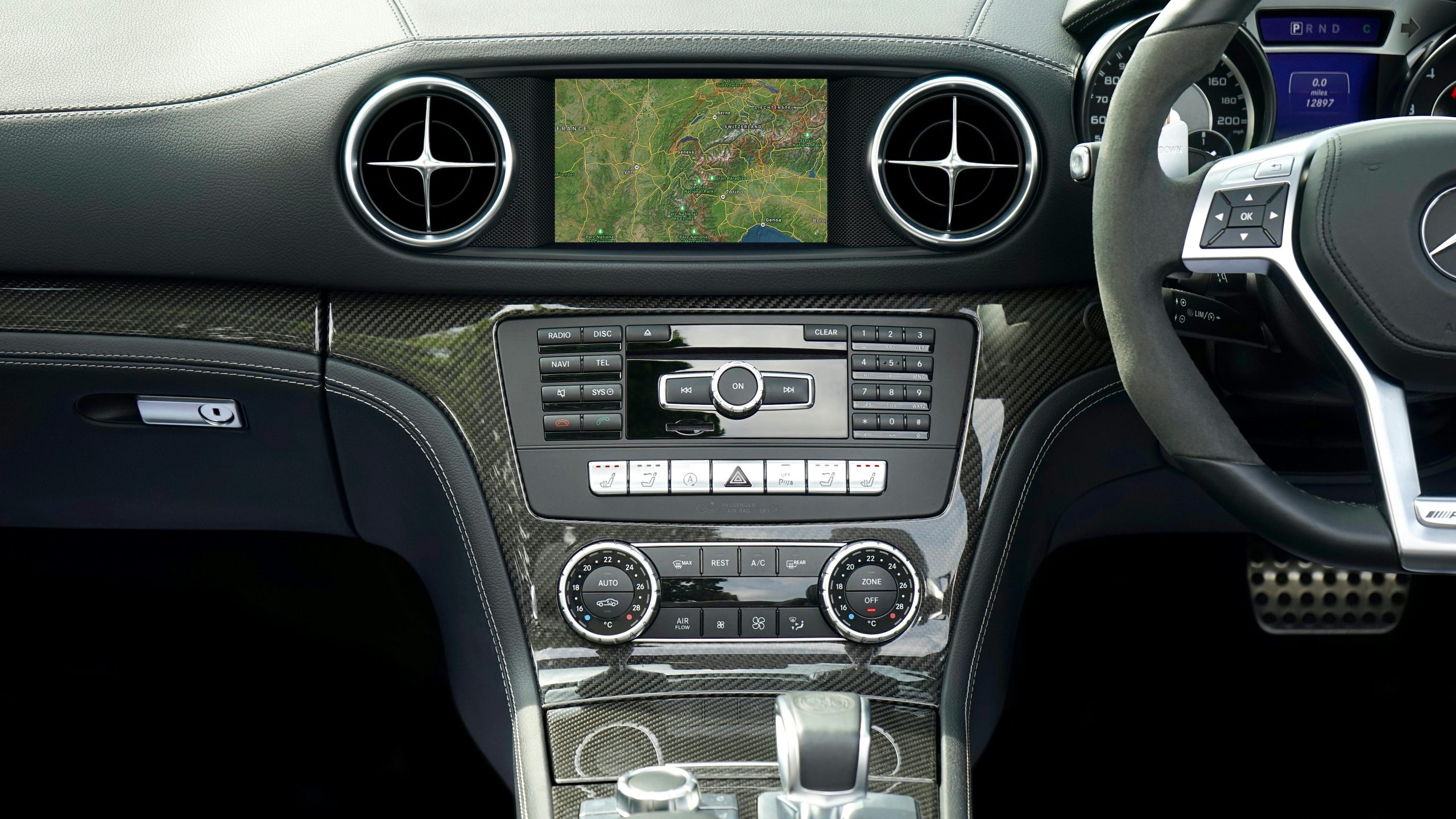Understanding SSD Interface Speeds: Why Your SanDisk Dashboard Reports Gen 3 Despite Hardware Capabilities
When monitoring solid-state drives (SSDs) through manufacturer tools, it’s common to encounter technical details that can be confusing—particularly regarding interface speeds. Recently, a user experienced this firsthand while updating their SSD firmware with SanDisk’s dashboard. Notably, the interface speed was reported as “Connection: Gen3” despite the SSD and system being theoretically capable of Gen 4 transfer modes.
Background and Context
The user was performing a firmware update on their SSD to resolve stability issues linked to Windows 11 updates. During this process, they observed in SanDisk’s utility that the “Interface Speed” section indicated:
- Capability: Gen4 (4 Lanes)
- Connection: Gen3 (4 Lanes)
This discrepancy prompted questions, especially since the system’s hardware specifications—Dell Precision 5540 laptop paired with a Western Digital SN580 SSD—are both rated for PCIe Gen 4 support.
Common Causes of Mismatched Interface Speed Reports
- Motherboard and BIOS/UEFI Configuration
Although modern laptops often support PCIe Gen 4, this capability hinges on the motherboard’s support and BIOS/UEFI configuration. If the BIOS is configured to default to Gen 3, or if the PCIe slot/slot configuration limits the interface, the SSD may operate at a lower speed.
- Firmware and Driver Limitations
Firmware versions or missing drivers might prevent the operating system or diagnostic tools from correctly detecting or utilizing Gen 4 capabilities.
- Physical and Power Constraints
Some laptops may physically support PCIe Gen 4 but have power delivery or thermal considerations that limit the interface to Gen 3 to maintain system stability.
- Storage Device State and Negotiation
SSDs negotiate connection speeds during initialization. If the SSD detects instability or if certain parameters aren’t met, it might default to Gen 3 to ensure reliable operation.
- Manufacturer Utility Reporting
Utility tools like SanDisk’s dashboard might report the maximum capability versus the current connection speed. Sometimes, the connection speed is capped due to hardware, BIOS, or other system settings.
Is This Normal?
In many cases, it is normal for an SSD to support higher speeds but operate at lower ones due to system configurations and constraints. The key is whether the drive is functioning correctly and achieving expected performance levels.
Troubleshooting and Recommendations
–
Share this content:



